Other

“New multidisciplinary research from the University of St Andrews could lead to more efficient televisions, computer screens and lighting. Researchers at the Organic Semiconductor Centre in the School of Physics and Astronomy, and the School of Chemistry have proposed a …

“Researchers at the University of St Andrews have made significant progress towards powering wearable health sensors through indoor artificial light energy. A team from the University’s Energy Harvesting Research Group at the School of Physics and Astronomy collaborated with …

“A ‘quantum harmonic oscillator’ – a structure that can control the location and energy of quantum particles which could, in future, be used to develop new technologies including OLEDs and miniature lasers – has been made at room temperature by researchers led …
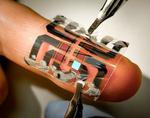
“A team of scientists from the University of St Andrews has developed a new way of making the most durable, lightweight and thinnest light source available so far, which could revolutionise the future of mobile technologies and pave the way …
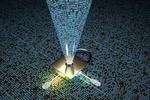
“A new uncrackable security system created by researchers at the University of St Andrews, King Abdullah University of Science and Technology (KAUST) and the Center for Unconventional Processes of Sciences (CUP Sciences) is set to revolutionise communications privacy. The international …
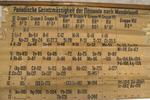
“A periodic table chart discovered at the University of St Andrews is thought to be the oldest in the world. The chart of elements, dating from 1885, was discovered in the University’s School of Chemistry in 2014 by Dr …

“New quantum theory research, led by academics at the University of St Andrews’ School of Physics, could transform the way scientists predict how quantum particles behave. Quantum theory is a cornerstone of modern physics, explaining the behaviour of isolated particles …

“An innovative technology, created by researchers at the University of St Andrews, can allow your smartphone to carry out a range of tasks just by recognising the surface it is sitting on. SpeCam is a program which would enable existing …
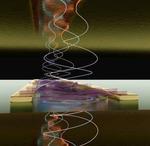
“Material scientists and physicists from Heidelberg University (Germany) and the University of St Andrews (Scotland) have demonstrated electrical generation of hybrid light-matter particles, so-called exciton-polaritons, by using field-effect transistors with semiconducting carbon nanotubes integrated in optical microcavities. The extraordinary stability …
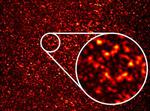
“A breakthrough innovation in the measurement of lasers can measure changes one millionth of the size of an atom and could revolutionise their use in quantum technologies and healthcare thanks to new, lower-cost technology. A team from the University of …

